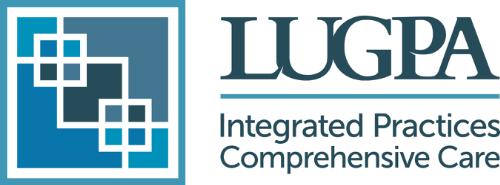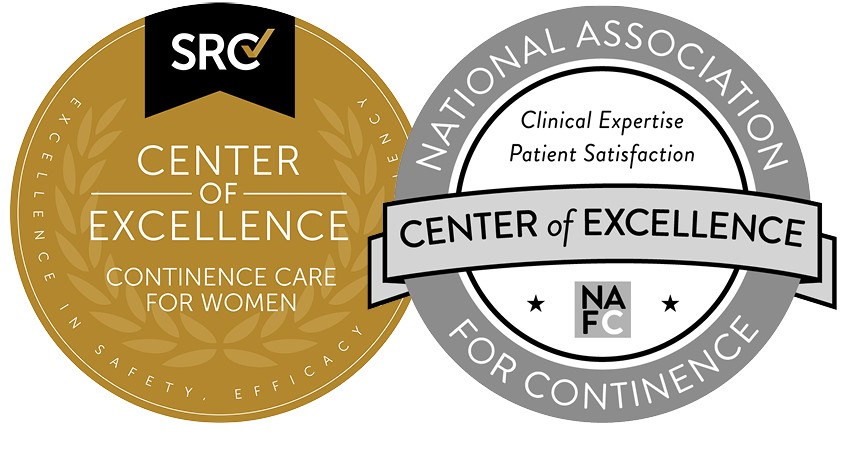Initial Analysis: Congress Passes Last-Minute COVID Relief Package
On Dec. 21, 2020, both the House of Representatives and Senate came to an agreement and passed the much talked about and anticipated COVID-19 relief package. As we continue to conduct a more comprehensive impact analysis of this legislation, we would like to call your attention to a few of the package’s key provisions. The full text of the legislation can be found here. Provisions related to health care issues begin in Division M.
COVID-19 Relief
- Includes $3 billion for the Provider Relief Fund, which can be used to assist providers in recouping lost revenue attributable to COVID-19. Providers may calculate lost revenue using FAQ released by HHS in June 2020, which includes the difference between budgeted and actual revenue if the budget was established and approved before March 27, 2020.
- Increases the 2021 Physician Fee Schedule by 3.75% to support providers adjusting to 2021 payment changes. This amounts to $3 billion in additional support.
- The Medicare sequester was suspended until April 1, 2021.
(90-day delay)
Health Extenders
- Payments for new HCPCS code G2211 for complex E&M visits will not be made until January 1, 2024.
G2211 - Visit complexity inherent to evaluation and management associated with medical care services that serve as the continuing focal point for all needed health care services and/or with medical care services that are part of ongoing care related to a patient’s single, serious condition or a complex condition. (Add-on code, list separately in addition to office/outpatient evaluation and management visit, new or established)
- The Radiation Oncology Model cannot be implemented before January 1, 2022.
PPP Provisions
- Clarification of tax treatment of Paycheck Protection Program loans.
The provision clarifies that gross income does not include any amount that would otherwise arise from the forgiveness of a Paycheck Protection Program (PPP) loan. This provision also clarifies that deductions are allowed for otherwise deductible expenses paid with the proceeds of a PPP loan that is forgiven, and that the tax basis and other attributes of the borrower’s assets will not be reduced because of the loan forgiveness. The provision is effective as of the date of enactment of the CARES Act. The provision provides similar treatment for Second Draw PPP loans, effective for tax years ending after the date of enactment of the provision.
- Additional Eligible Expenses.
Makes the following expenses allowable and forgivable uses for Paycheck Protection Program funds:
- Covered operations expenditures. Payment for any software, cloud computing, and other human resources and accounting needs.
- Covered property damage costs. Costs related to property damage due to public disturbances that occurred during 2020 that are not covered by insurance.
- Covered supplier costs. Expenditures to a supplier pursuant to a contract, purchase order, or order for goods in effect prior to taking out the loan that are essential to the recipient’s operations at the time at which the expenditure was made. Supplier costs of perishable goods can be made before or during the life of the loan.
- Covered worker protection expenditure. Personal protective equipment and adaptive investments to help a loan recipient comply with federal health and safety guidelines or any equivalent State and local guidance related to COVID-19 during the period between March 1, 2020, and the end of the national emergency declaration.
Allows loans made under PPP before, on, or after the enactment of this act to be eligible to utilize the expanded forgivable expenses except for borrowers who have already had their loans forgiven.
The LUGPA Health Policy team will continue to analyze this legislation for additional details which may impact your practices and report back with any further implications for our members. In just a few short weeks, a new Congress and Administration will convene and we will continue our advocacy on your behalf.
|




